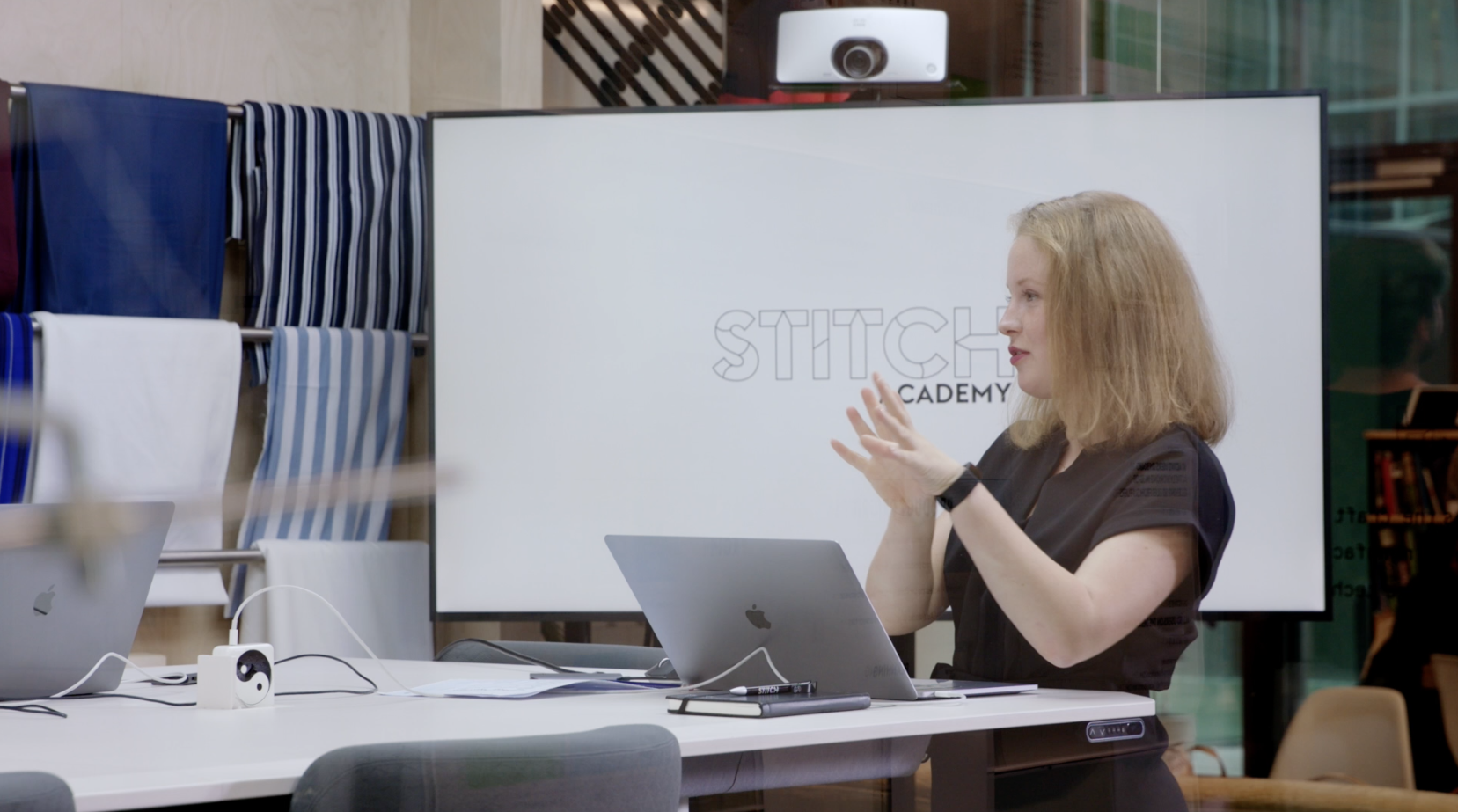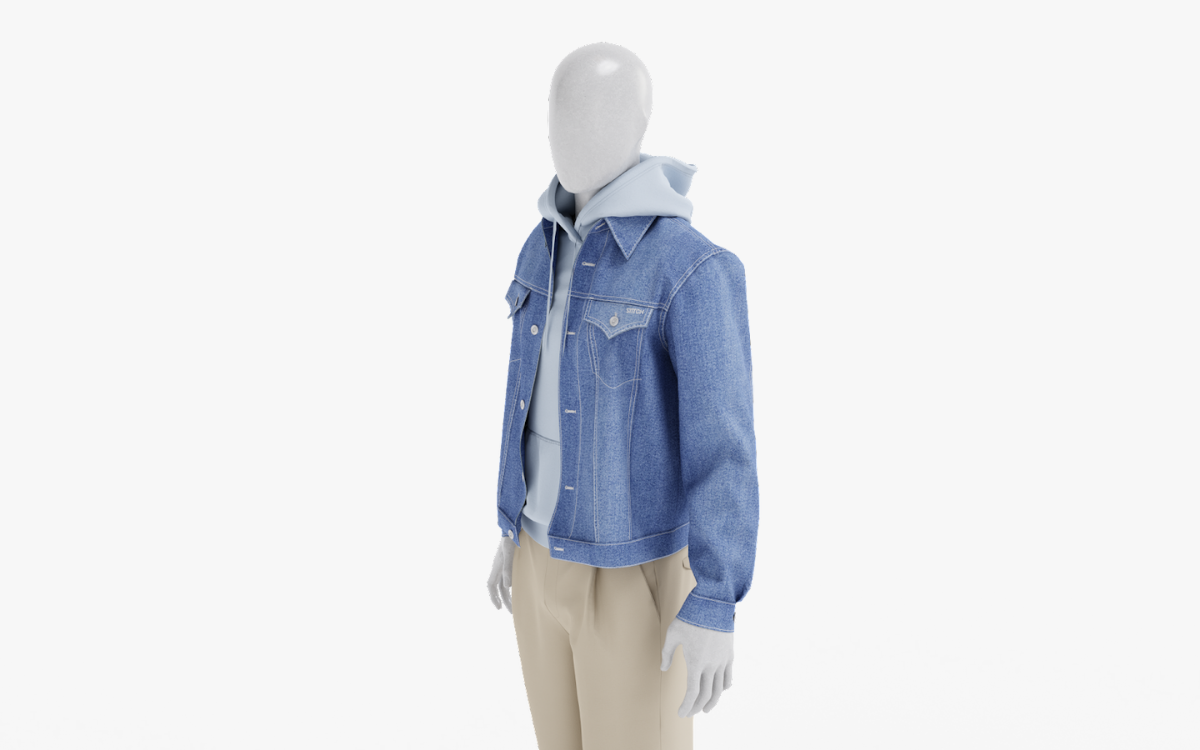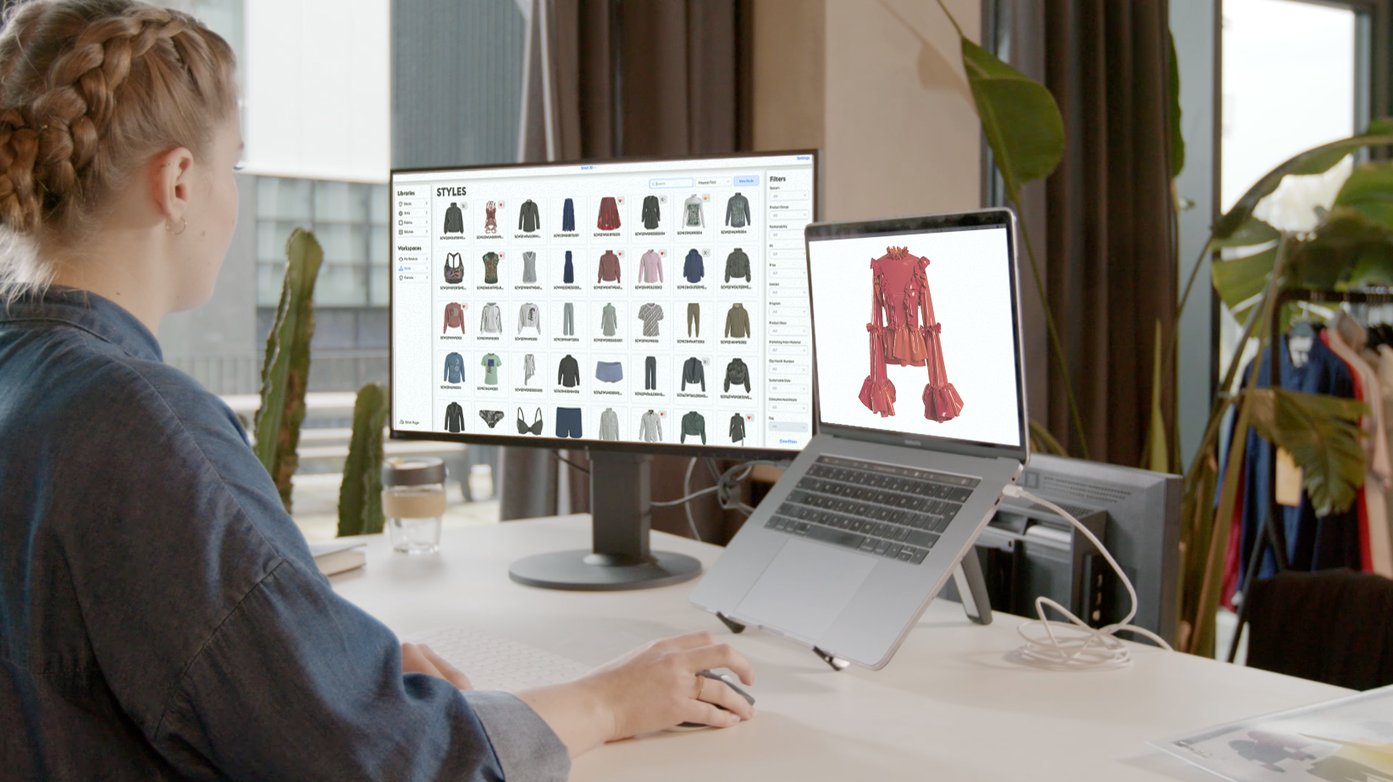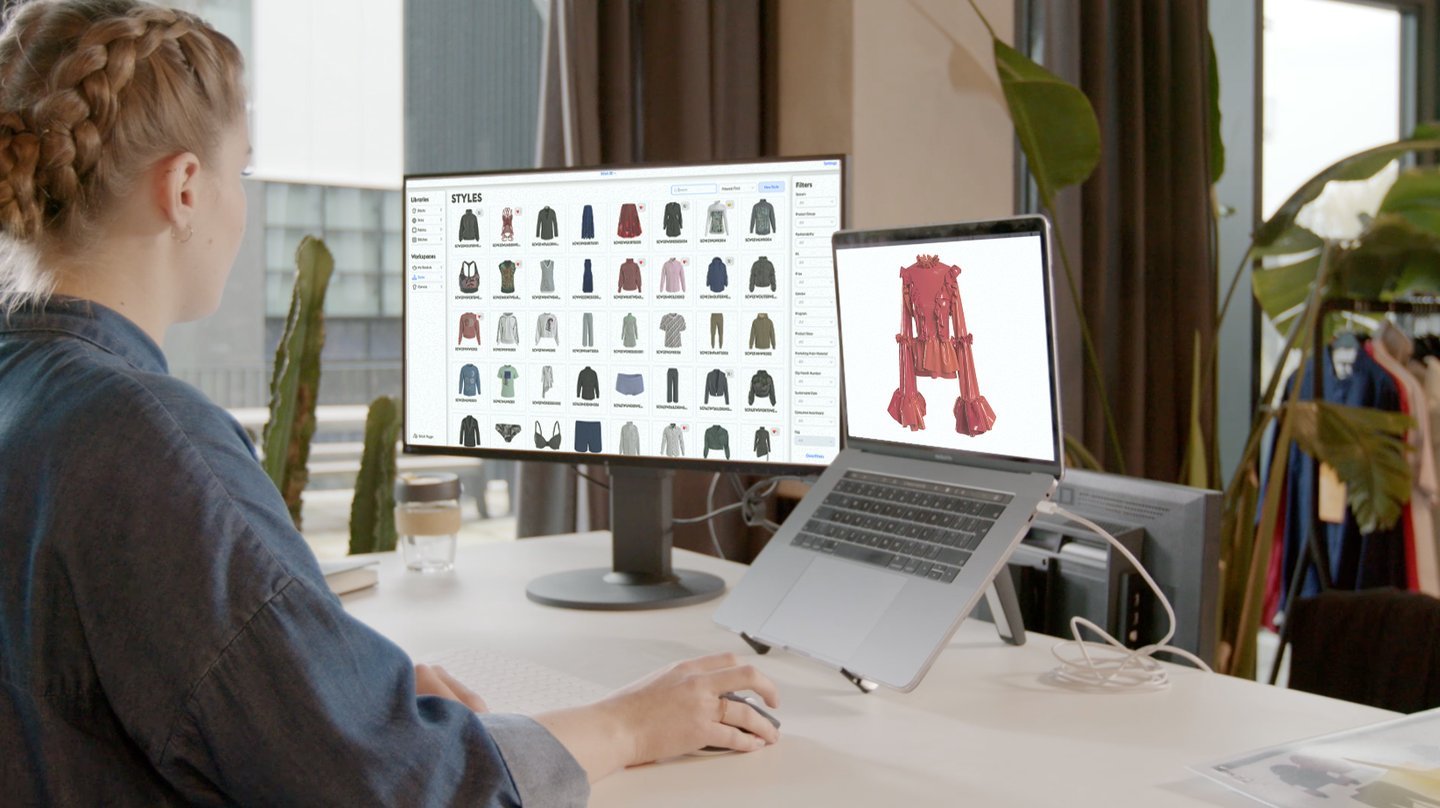By Becca Mayall
Making the 3D dream a fashion reality
3D can bring a lot of value to any brand that is willing to implement it. However, it’s important to stay realistic and define the ingredients that are needed to make it a success. At Stitch 3D, we’ve learned the importance of investing in a few key areas to make sure you and your team are set up for success. Let's dive in!
Training
Upskilling your teams to work together in 3D takes time. If you’re just starting out, we recommend beginning with a small group of passionate people. Get going with basic training, and allow room for growth: each person is different and not everyone learns at the same pace. Our experience has shown us that investing in a solid training base saves a lot of time later in the process.
Keep in mind that designers will need to focus on different skills compared to product developers or pattern makers. Make sure that everyone understands the general workflow from start to finish, but choose high-quality training courses that will cover every role involved in the process.
Putting new skills into practice is just as important as completing training. Our in-house expert Rebekka Seyffarth agrees: “At the Stitch 3D Academy we have trained many people, but the real magic happens afterward! Applying your new 3D knowledge to your own products and slowly building a routine around 3D workflows doesn’t happen overnight.”
So, the key takeaway here? Don’t rush it. Take time now to save time later.
 Marlies Reukers, our 3D Training & Transformation Specialist kicking off a 3D training.
Marlies Reukers, our 3D Training & Transformation Specialist kicking off a 3D training.
Styling
You may have seen many examples of 3D that you like the look of. But it’s not always as simple as stitching together the garment, adding fabrics, and uploading it straight onto your sales platform.
If you have a great pattern that fits the body perfectly, you may have little left to do. But in a lot of cases, we’ve seen that the garment needs some styling to get it looking runway-ready. If you give five experts the same pattern and guidelines, we bet you’ll get five differently styled garments as a result. Styling can be tricky! And it’s not easy to guarantee consistency.
Maybe you’re thinking, “great! I like a bit of spice and variety”; in which case, good news: you’ll get it. But for many companies, it could be detrimental to have irregular styling across collections. This issue is not without a solution: for best practices on digitizing your core blocks, read our article here.
Another point to consider is fabric digitization. When a piece of fabric is tested, data is created which stimulates the fabric’s properties in 3D. Today’s software options interpret this data differently. Consequently, the fabric will vary slightly, depending on the software it’s in. Full accuracy cannot yet be guaranteed, so your drape may not be identical to real life.
 Digital outfit from our Stitch 3D Collection.
Digital outfit from our Stitch 3D Collection.
Tools
3D software is heavy and requires a lot of computing power to run smoothly. When you’ve chosen which program you want to use, check with the software provider to see what kind of computer specifications they recommend. Working with a sub-par laptop designed for emails and lightweight documentation strongly impedes a user’s workflow: the software will run slowly (or not at all), and forget trying to run multiple programs at the same time!
As well as solid hardware, keep in mind the software itself. Alongside the one-off investment of purchasing hardy computers, each user will need a software license, and in the 3D world, these are generally subscription-based and will therefore present an ongoing cost.
 Our 3D Transformation Specialist Becca Mayall using different 3D tools and softwares.
Our 3D Transformation Specialist Becca Mayall using different 3D tools and softwares.
Give 3D a chance!
In the past few years, 3D software has come along in leaps and bounds. It’s only 2022, and it’s not perfect yet: but watch this space, it’s getting interesting!
Is this article old news for you? If you’re well on your way to becoming native to 3D, we might be able to help you out. Check out our website for more info on how our tools can help you scale up your digital collection development.
